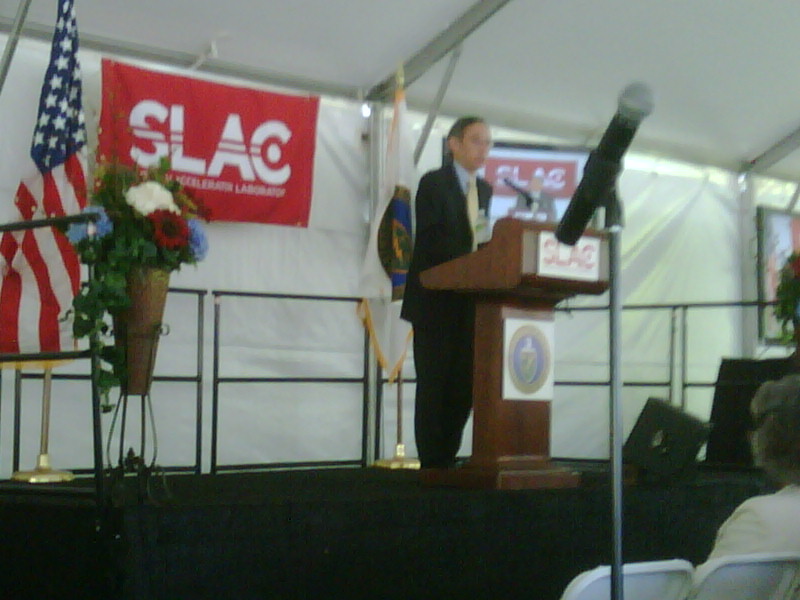Dirac matrices. Spinors. Matrix elements. Trace rules. These are just a few phrases describing how I spent my Sunday. You see, on Friday when I gave an overview of my recent work to one of the SLAC research groups, I got a question early on that I could not answer. It was a simple question, really, but I had never done the thinking to answer it. Well, as of this weekend I’ve tried to do the thinking, and got nowhere. Needless to say, I’m pissed off.
Let me back up. Here’s what we think we know about nature: the masses of fundamental subatomic particles are generated by a particle called the Higgs boson. In the simplest picture, there is just one Higgs boson and it gives mass to all subatomic particles – quarks, charged leptons, and weak bosons. However, experiment has placed no direct constraints on the “Higgs sector” of the Standard Model. That means there could be more than just one Higgs. In the next simplest model, there are five Higgs bosons; this is referred to as a “two-Higgs-doublet model”, wherein there are five physical manifestations of the Higgs field in nature.
Some of the research I am involved in, primarily my work with several rare B meson decays, can be used to constrain the two-Higgs-doublet model. In this model, there is an interesting effect which can occur. Instead of enhancing the rate at which physical processes, like rare decays, can occur, there are cases in which such processes are **suppressed**. This is one of those weird effects of quantum mechanics. Because the underlying mechanisms can be described by complex numbers, there are cases where two processes actually interfere in a destructive manner with one another. If the effect is big enough, you can completely remove a process from nature. This is why null tests are often just as interesting as observations: seeing nothing is sometimes an indicator that something new and unexpected is occurring.
I was asked what the physical mechanism is in the two-Higgs-doublet model that interferes with the Standard Model to, in some cases, cancel out a rare physical process. I didn’t know why. I was quite embarrassed by this, and this weekend I cracked open some of my old standby texts on particle physics to try to answer the question. “Quarks and Leptons” by Halzen and Martin, “Collider Physics” by Barger and Phillips, and “Heavy Quark Physics” by Manohar and Wise all came off their shelves and went with me to Stanford. I hunkered down at picnic tables, and coffee shops, and reminded myself how to calculate the rates at which processes occur.
I managed to remind myself how to go from a Feynman diagram to products of particle and antiparticle spinors and Dirac matrices. This was easy. The harder part was to remind myself how to take the matrix element that results and transform it to a simpler form using linear algebra, primarily “trace rules” which tell you how to simplify products of spinors and Dirac matrices by reducing them to traces. I managed, finally, to apply all of that to the interference terms between the Standard Model and the two-Higgs-doublet model. However, I wound up with a nasty and complicated expression that, in the end, told me nothing about the underlying physical mechanism of suppression. **SIGH**.
Is it some interference between the spin-1 nature of the W boson and the spin-0 nature of the Higgs boson? Could it be some more subtle effect, something revealed by the structure of the interference terms themselves (as I had hoped)? DUH. That’s how I feel right now. DUH.



